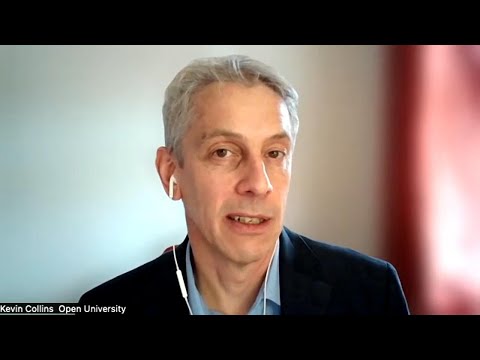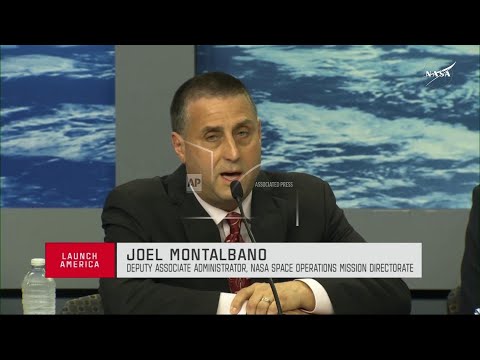(31 Oct 2024)
RESTRICTION SUMMARY:
ASSOCIATED PRESS
Milton Keynes, United Kingdom – 31 October 2024
++SOUNDBITES SEPARATED BY BLACK FRAMES++
++STARTS ON SOUNDBITE++
1. SOUNDBITE (English) Dr Kevin Collins, Senior Lecturer in Environment & Systems, Open University:
“This event is the result of a particular weather phenomenon called ‘DANA’, and that is not unusual in this part of the world, it does happen quite regularly, probably ten or more times a year. What has happened is that there is very cold air at high altitude sitting over the Iberian Peninsula, over south-east Spain. And warmer air has come in from the Mediterranean, and that warmer air has got lots of moisture, and as it’s hit the land it’s been forced up by the mountains and it encounters that very cold air above, and that has created a very unstable climate situation or weather situation and it’s resulted in very high altitude storm clouds, with a lot of moisture, which has led to very high levels of rain. So it’s not an unusual phenomenon but obviously in this particular instance it has resulted in quite catastrophic events as we’ve seen.”
++BLACK FRAMES++
2. SOUNDBITE (English) Dr Kevin Collins, Senior Lecturer in Environment & Systems, Open University, UK:
“This particular event is not unprecedented in terms of the amount of rainfall. We got 500 millimetres of rain in 8 hours, which is equivalent to one year’s worth of rain for this region. Now, that’s a huge amount of rain, and very few cities are designed to cope with that amount of rain in such a short period of time. But it’s not unusual, in 1987 there was a record-breaking 817 millimetres of rain, so this event has to be put into context. What is different about this event is the significant loss of life, and that can be a factor of where the storm was situated in a particular moment, and topography, and shaping the run-off, and whether or not particular towns and villages were literally in the way of any water coming down off the hillsides.”
++BLACK FRAMES++
3. SOUNDBITE (English) Dr Kevin Collins, Senior Lecturer in Environment & Systems, Open University:
“What we do know from the science is that climate change is not likely to increase the frequency of storms but it is likely to increase the intensity of those storms. Part of this is down to simple physics: warmer air is able to hold more moisture which leads to more rain, so for every one degree of temperature, that increase in the temperature of the air, it’s expected that the air can hold 7% more moisture, so warmer air holds more moisture which leads to more rain, it’s simple physics. But there are other factors at play here as well, the particular topography of the area where the rainfall hits can shape the intensity of the flood and the extremity of the flood, and the amount of damage it causes.”
++BLACK FRAMES++
4. SOUNDBITE (English) Dr Kevin Collins, Senior Lecturer in Environment & Systems, Open University:
++ENDS ON SOUNDBITE++
STORYLINE:
The storm that hit Spain causing deadly flooding in Valencia was not an unusual event. What was different though, was the loss of life and the extent of damage caused this time, a climate expert told the Associated Press.
“This event is the result of a particular weather phenomenon called ‘DANA’, and that is not unusual in this part of the world, it does happen quite regularly, probably ten or more times a year,” said Dr Kevin Collins, a Senior Lecturer in Environment & Systems at Open University in the UK.
About 500 millimetres of rain fell in eight hours, the equivalent to one year’s worth of rain for this region, he explained.
Find out more about AP Archive: http://www.aparchive.com/HowWeWork
Twitter: https://twitter.com/AP_Archive
Facebook: https://www.facebook.com/APArchives
Instagram: https://www.instagram.com/APNews/
You can license this story through AP Archive: http://www.aparchive.com/metadata/youtube/8d341098e9fe4ed38951ab6b1f73bc3a
Author: AP Archive
Go to Source
News post in November 5, 2024, 6:04 pm.
Visit Our Sponsor’s:
News Post In – News





